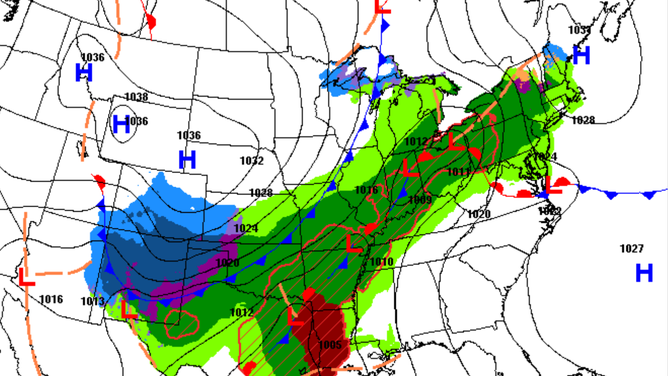In October of 2024, The sighting of what appeared to be “smoke” coming off a large glacier in the Arctic inspired global curiosity and concern. Scientists and environmentalists knew that this matter was more than just a “strange sight”, It was nearly immediately they detected there was a larger issue and that this was a wake-up call about how severe climate change is truly becoming and how its unpredictable effects will worsen one of earth’s most precious ecosystems. As it may seem that the term “smoking glacier” is a bit dramatic, truthfully, it is not. It describes the reality of what is happening and how complex the sighting is, reflecting both the direct and indirect impacts of climate change and its warming temperatures in one of the coldest environments on the entire planet.
To understand why the glaciers may appear to be “smoking”, It is said that individuals need to grasp onto the events of why Antarctica’s ice is crumbling In the first place. For centuries, this cold, icy continent has been home to many massive sheets of ice and glaciers, holding a large capacity of over 60% of Earth’s freshwater. However, over the last couple of decades, there has been an immense increase in melting rates due to the rise of international temperatures, heavily concerning hundreds of millions of people and wildlife there and around the globe. The melting Isn’t only happening at the surface; warmer ocean currents are reaching under ice shelves as well, melting them from below. As glaciers continuously lose their mass, they are more prone to breaking off and drifting into the ocean. Moreover, what exactly caused the “smoking”? Scientists believe it was not smoke in the standard sense, but instead, a combination of steam and water vapor rising from the surface. As the ice melts, it releases trapped air and moisture, which rise into the cold atmosphere and create a foggy, smoky appearance. This is incredibly noticeable when warmer winds pass over the ice, accelerating the melting process and causing more vapor to form. The sight of vapor streaming off a glacier is uncommon and a clear visual reminder of the extreme changes happening in Antarctica’s climate.
One major concern about this spectacle is the role it plays in the rise of sea levels. When glaciers melt, they release large volumes of freshwater into the ocean, raising global sea levels. According to scientific reports, if the melting in Antarctica continues at its current rate, sea levels could rise by several feet by the end of this century, potentially flooding coastal cities and affecting millions of individuals worldwide. The “smoking glacier” is a symbol of this accelerating change, showing that we may be closer to serious consequences than many people realize.
In conclusion, the image of the smoking glacier in Antarctica serves as a powerful reminder about the fragility of our planet’s ecosystems. While it may look remarkable, the science behind it reveals a troubling reality about the rate at which Earth’s climate is altering. If we as a society continue on our current path, the consequences will not be limited to Antarctica; they will impact every corner and crevice of the globe. We must take responsibility for the planet and push for policies that protect our environment before it is too late.



















